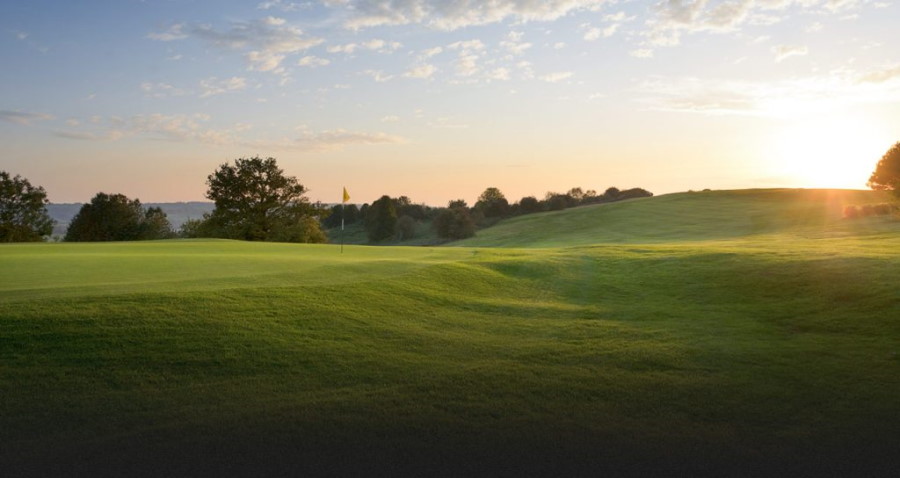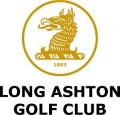2019 Rules Changes

The rules of golf will be modernised in 2019 and the video and summary below highlights some of the main changes. If you wish to look at the 2019 Rules changes in more detail please visit https://www.rules.golf
Promoting Faster Pace of Play
- Encouraging you to play promptly: It is recommended that you make each stroke in no more than 40 seconds – and usually more quickly than that - once it’s your turn to play.
- Playing out of turn in stroke play (“ready golf”): This has always been allowed without penalty, and now you are affirmatively encouraged to do so in a safe and responsible way for convenience or to save time.
- New alternative form of stroke play: The Rules recognise a new “Maximum Score” form of stroke play, where your score for a hole is capped at a maximum (such as double par or triple bogey) set by the Committee, so that you can pick up and move to the next hole when your score will be at or above the maximum.
- Other changes to help pace of play: Reduced time to search for a ball, allowing committees to designate “penalty areas” (currently called water hazards) for areas that don’t contain water and to mark all penalty areas as red (so that lateral relief is always allowed) if they choose to do so, the simplified dropping procedure, and the option to leave the flagstick in the hole when putting.
Reduced search time for a lost ball.
Insisting on High Standards of Conduct and Trusting Player Integrity
- Playing in the spirit of the game: New provisions are added to reinforce the high standards of conduct expected from all players on the course and the Committee’s discretion to disqualify players for serious misconduct.
- Code of player conduct: Committees are given authority to adopt their own code of player conduct and to set penalties for the breach of standards in that code.
- Elimination of need to announce intent to lift ball: When you have good reason to lift your ball to identify it, to see if it is cut or cracked or to see if you are entitled to relief (such as to see if the ball is embedded), you are no longer required first to announce to another player or your marker that you intend to do so or to give that person an opportunity to observe the process.
- Reasonable judgment standard: When you need to estimate or measure a spot, point, line, area or other location under a Rule, your reasonable judgment will not be second-guessed based on later evidence (such as video review) if you did all that could reasonably be expected under the circumstances to estimate or measure accurately.
Ball at Rest Accidentally Moves
- Accidentally moving your ball while searching for it: There is no longer a penalty.
- Accidentally moving your ball or ball-marker when it is on the putting green: There is no longer a penalty.
- New standard for deciding if you caused your ball to move: You will be found to have caused your ball to move only if that is known or virtually certain (that is, it is at least 95% likely that you were the cause).
Replacing a Moved or Lifted Ball
- New procedure when you don’t know the exact spot where your ball was at rest: You must replace the ball on its estimated original spot (rather than drop the ball at that spot); and if the estimated spot was on, under or against growing, attached or fixed objects (such as grass), you must replace the ball on, under or against those objects.
Ball is Struck More Than Once
Accidentally hitting your ball more than once during a stroke: There is no longer a penalty.
Dropping a Ball in a Defined Relief Area
New dropping procedure: You must drop the ball from knee height.
Dropping a ball
- Defined relief area: The ball needs to be dropped in and played from a single required relief area (whereas today, although you are required to drop a ball in one area, it can roll outside that area and the Rules may require it to be played from outside the area).
- Longest club is used to measure the relief area: You use the longest club in your bag, other than a putter, to measure the relief area.
Ball to Use in Taking Relief
Substituting another ball: You may continue to use the original ball or another ball, whenever you take either free relief or penalty relief under a Rule.
Relief for embedded ball.
Putting Green
- Putting with flagstick left in the hole: There is no longer a penalty if you play a ball from the putting green and it hits the unattended flagstick in the hole.
- Repairing damage on the putting green: You may repair almost all damage (including spike marks and animal damage) on the putting green (rather than being limited to repairing only ball-marks or old hole plugs).
- Touching your line of putt or touching the putting green in pointing out target: There is no longer a penalty if you or your caddie does either of these things, so long as doing so does not improve the conditions affecting your stroke.
- Replacing your ball if it moves only after you had already marked, lifted and replaced it: Anytime this happens on the putting green, you replace the ball on its spot – even if it was blown by the wind or moved for no clear reason.
- Your caddie marks and lifts your ball on the putting green: There is no longer a penalty if your caddie does this without your specific authorisation to do so.
Penalty Areas
- Penalty areas expanded beyond water hazards: Red- and yellow-marked “penalty areas” may now cover areas the Committee decides to mark for this purpose (such as deserts, jungles, or lava rock fields), in addition to areas of water.
- Expanded use of red penalty areas: Committees are given the discretion to mark all penalty areas as red so that lateral relief is always allowed (but they may still mark penalty areas as yellow where they consider it appropriate).
- Elimination of opposite side relief option: You are no longer allowed to take relief from a red penalty area on the opposite side from where the ball last entered the penalty area (unless a Committee adopts a Local Rule allowing it).
- Removal of all special restrictions on moving or touching things in a penalty area: There is no longer a penalty if you touch or move loose impediments (such as leaves, stones and sticks) or touch the ground or water with your hand or your club in a penalty area.
Bunkers
- Removal of special restrictions on moving loose impediments: There is no longer a penalty if you touch or move loose impediments in a bunker.
- Relaxed restrictions on touching the sand with your hand or club when your ball is in a bunker: You are now prohibited only from touching the sand (1) with your hand or club to test the condition of the bunker, (2) with your club in the area right behind or in front of the ball or (3) when making a practice swing or the backswing for your stroke.
- New unplayable ball relief option: For two penalty strokes, you may take relief outside the bunker by dropping a ball back on the line from the hole through where your ball was at rest in the bunker.
Damaged Clubs
Use of damaged clubs: You may keep using any club that is damaged during the round, no matter how it happens (for example, even if you damaged it in anger).
Damaged Ball
- Substituting another ball for a cut or cracked ball: You may substitute another ball if your ball in play on a hole has become cut or cracked while playing that hole; but you are no longer allowed to change balls solely because the ball has become “out of shape.”
Alignment for a Stroke
- Expanded restriction on caddie help with alignment: Your caddie is not allowed to stand on a line behind you from the time you begin taking your stance until you have made your stroke.



